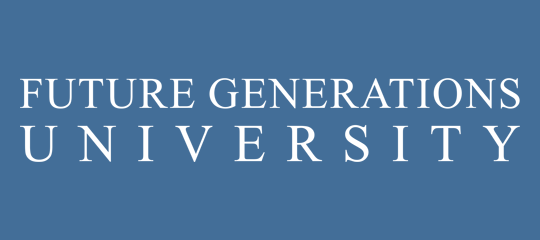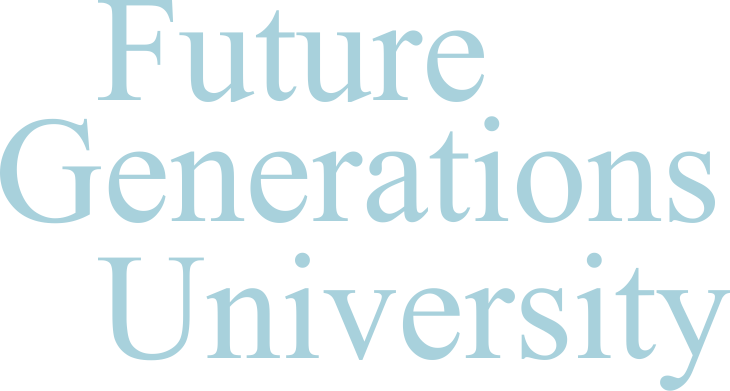Summary from Just and Lasting Change by Associate Professor, Noam Schimmel

Patterns of human settlement are becoming increasingly urban and with these changes come both challenges and opportunities to advance human development.
One city has applied Seed-Scale principles for decades – long before this intensification of urbanization – and it has paid off for its residents in substantial ways that have improved quality of life, enhanced democratic accountability, and raised civic engagement and communal cohesion.
Curitiba, Brazil does not have the name recognition and fame of Rio de Janeiro. Located inland, in the south of Brazil, what it lacks in glamour and grit it more than makes up for in quality of life for city residents – from housing to public transport, parks to schools. Curitiba offers some of the highest levels of human development in Brazil as well as the highest levels of resident satisfaction with their lives and with local governance and administration.
Curitiba grew tenfold from 180,000 residents in 1950 to 1.8 million in 2000 and approximately that same number today.
Curitiba has it share of problems; slums and persistent poverty exist, and infant mortality rates are higher than in many other cities with its per capita income.
Yet its successes are extremely impressive and are unique in Brazil and globally.
Curitiba has 100 times more parkland now than in 1950, substantially less pollution, reduced danger of flooding, and a strong sense of trust in city governance and its responsiveness to city residents. “Social indicators – such as health statistics, education rates, movement out of poverty, and a lower crime rate – are better than in other Brazilian cities.” (166)
So what exactly is it that Curitiba has been doing differently and doing right to yield these achievements?
According to Daniel Taylor, Curitiba’s successful growth and quality city services did not emerge from unusually large and exceptional financial or other human resources. Rather, it stemmed from careful, organized planning that was dynamic in nature, incorporated residents, and reflected democratic values of equality, inclusion, access, and affordability.
Taylor explains that much urban development emerges in an unplanned manner that is in contrast to Curitiba.
In most rapidly developing cities, growth radiates outward in amoeba-like squatter settlements, with a large floating population seeking shelter by night and work by day, increasing traffic congestion, living with insufficient plumbing and electricity, clogging social services, and creating a constant risk of civic instability – growth driven by hope, but a situation where a city’s infrastructure is unable to keep up. (166)
Curitiba took a different approach. It developed comprehensive public transportation that focuses on busses that duplicate an underground subway system but at 5% of the cost. These buses have dedicated lanes to allow for high-speed travel and beside them are lanes for cars and local access, maximizing speed and efficiency. Because the system of public transport works so well 80% of the public uses it, and from every socioeconomic group.
Although Curitiba has a high rate of car ownership (the second highest per capita in Brazil), fuel consumption and air pollution are much lower because residents make such extensive use of public transportation.
The public transport system has stimulated economic growth. Buses are not city owned, instead they are leased to private businesses who compete to maximize efficiencies.
The city pays companies according to the distances they drive, rather than the number of passengers they carry. This arrangement removes the incentive that favors high-traffic routes and supports the extension of geographic coverage. Consequently, thorough coverage and brief travel times reinforce high ridership, which makes the transportation system self-financing. Curitiba therefore avoids the heavy public-transportation subsidies that burden most cities, investing funds instead in socioeconomic development. (168)
Curitiba is governed, and public services are provided by a three-way partnership between city officials, experts, and the community of Curitiba’s residents.
Recognizing that some functions were more effectively implemented by nongovernmental entities, the government contracted with the private sector, where competition has produced efficiency and promoted job growth… Service contracts are self-supporting rather than publicly funded, resulting in an uncommonly light administrative and services superstructure, which makes the government more efficient and responsive to its citizens… (168-169)
Curitiba’s responses to common urban problems – such as flooding – have been innovative and created positive cascades of social impact. Rather than constructing concrete raceways to swiftly channel water away from densely populated urban areas, Curitiba created parks and greenways that achieve the same result while accomplishing other positive social ends.
The creation of these green corridors and gathering places has reoriented the ways people live. They serve as places where people walk and meet each other – like the buses, the green spaces encourage people-to-people contact, tying neighborhoods together instead of isolating them. What began as a concern about an outside danger, in this case flooding, strengthened community. (170)
In response to poverty, Curitiba also took an innovative approach.
Poverty is a phenomenon that communities usually try to hide. Instead, Curitiba brought poverty into the open. As the city planned its growth and new neighborhoods were planned out, low-income housing was designed in each area, meaning that poor people were given easier access to transportation and industrial nodes. Not isolating the poor encouraged job growth and strengthened the community by moving people out of dependency. (170)
These urban policies have not only advanced human development themselves, they have been pursued in cost effective ways that maximize city funds available for essential social services. Curitiba spends over 40% of its city budget on child services. This is an unusually high sum and it helps to break the cycle of poverty. The city offers daycare centers for pre-school children and provides extra funding to city schools, in addition to that provided by the federal government. It also provides extensive funding for outreach programs and centers for children, creating opportunities for them to engage in sports, music, urban agriculture, and other such activities that build their skills and provide them with guidance and support as well as a sense of connectedness to the city and its residents.
Curitiba’s successes are replicable, and they are receiving increasing attention. They are a model for other cities globally and already cities like Montreal, Cape Town, Moscow and others are looking to learn from Curitiba and apply some of its methods of urban development – and the values that inform them – to their own cities.
What Curitiba has done right has not required massive infusions of funding or a particularly advanced level of human resources. Rather, by applying principles of SEED-SCALE and working in partnership, marshalling local resources, and advancing values of equity and inclusion, it has succeeded in ways that are a model for cities globally, and inspire grounded hope for extensive advancement of human development that is locally sensitive and responsive and that transforms individual lives and communities for the better.



